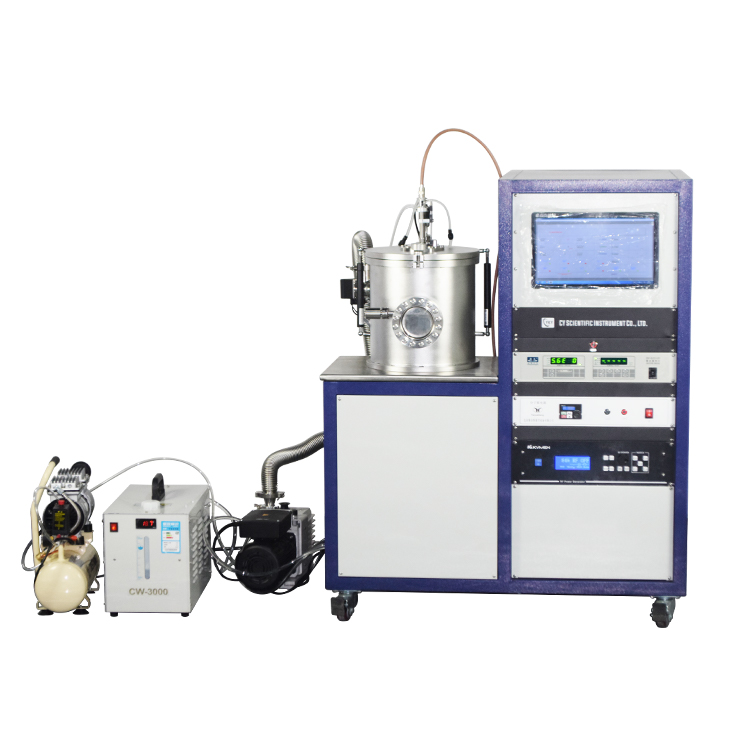The working principle of magnetron sputtering is that electrons collide with argon atoms in the process of flying to the substrate under the action of electric field E, which ionizes to produce AR and new electrons. The new electrons fly to the substrate, and AR accelerates to the cathode target under the action of electric field, and bombards the target surface with high energy, causing the target material to sputter. In the sputtering particles, neutral target atoms or molecules are deposited on the substrate to form a thin film, and the secondary electrons generated will be affected by the electric field and magnetic field, resulting in the direction of E(electric field)×B(magnetic field) drift, referred to as E×B drift, its motion trajectory is approximately a cycloid. In the case of annular magnetic field, the electrons move in a circle around the target surface in the form of an approximate cycloid. Their motion path is not only very long, but also bound to the plasma region close to the target surface. In this region, a large amount of Ar is ionized to bombard the target, thus achieving a high deposition rate. With the increase of the number of collisions, the energy of the secondary electrons is exhausted, and they gradually move away from the target surface and eventually deposit on the substrate under the action of electric field E. Because the energy of the electron is very low, the energy transferred to the substrate is very small, resulting in a low temperature rise of the substrate.

Magnetron sputtering is the collision process of incident particle and target. The incident particle undergoes a complex scattering process in the target, colliding with the target atom, transferring some of its momentum to the target atom, which in turn collides with other target atoms, forming a cascade process. In this cascade process, target atoms near some surfaces gain enough momentum to move outward, leaving the target to be sputtered out.
Copyright © Zhengzhou CY Scientific Instrument Co., Ltd. All Rights Reserved Update cookies preferences
| Sitemap | Technical Support: 